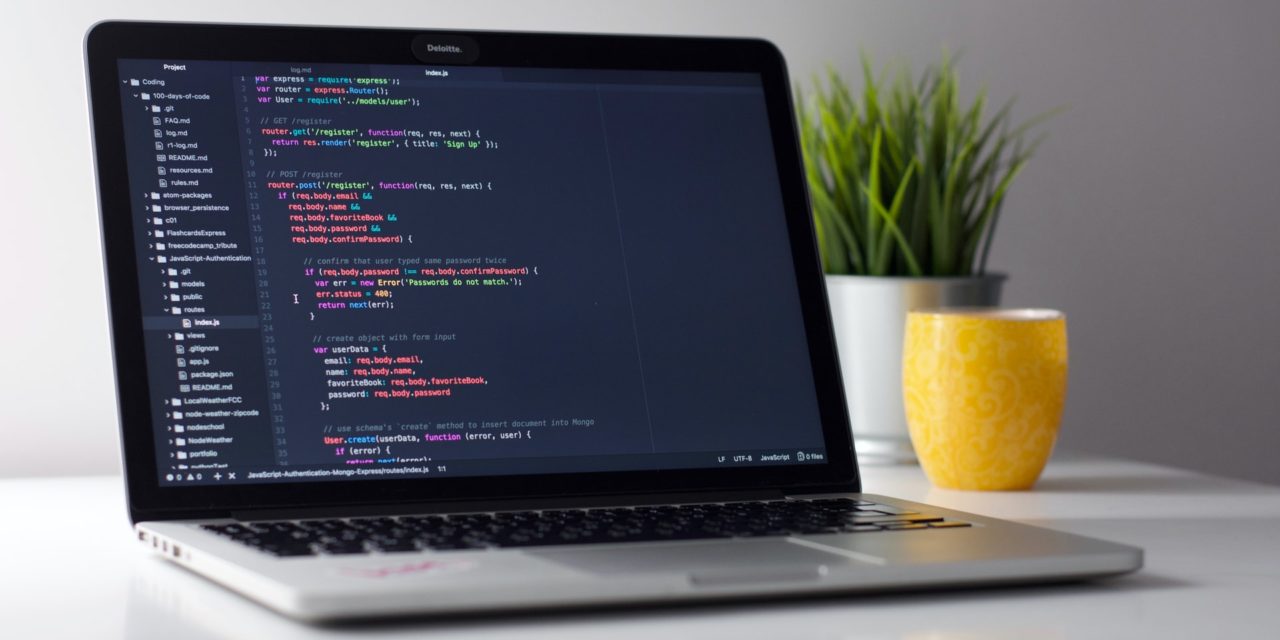The original Raspberry Pi, a $35 mini-computer launched in early 2012, triggered a technological revolution. For half the cost of a new console video game, an inventor, programmer, and developer or gamer could pick up a Pi and customize it to do anything they desired. Although it is not the first amateur board computer available, its broad base of support and the ability to run a large variety of Linux distributions made it way more successful than its predecessors.
Despite all of its success, the Pi was initially limited to only the most curious and clever geeks. Its modest single-core chip was painfully slow when crunching through many common tasks. Even simple web pages took a while to load and hogged the little RAM available. While you could use the Pi as a computer, which drew interest from mainstream users, it was not a very capable unit. As a result, the Pi only caught on with hobbyists.
However, the sequel to the brilliant Pi is a major upgrade. The single core 700 MHz processor has been upgraded to a 900 MHz quad-core chip and RAM has gone from 256MB/512MB to 1 GB.
Given this, can the new Pi 2 be used as a computer? Hmmm.
Getting Started With Pi
The Raspberry Pi, although really accessible to users with even modest computer skills, still has a learning curve. The own $ 35 price tag is possibly misleading, for it does not include everything needed to make the device work. No power adapter, no microSD card, and not even a case. All that must be purchased separately.
This is not a plug-and-play device
How much does it actually cost to begin using a Pi 2, then? Well, I snagged a power adapter for $9, a 16GB microSD card for $6, and a keyboard and mouse for $18. A case was another $8, which isn't mandatory but nice to have if travelling. In total, therefore, the final price (without monitor) is around $75. Not bad, for sure, but more than double the $35 MSRP.
We set up the Raspberry Pi 2 with the standard NOOBS installation ISO. Users can buy a card with it preloaded, but we decided to load the image ourselves. The process took about 20 minutes, most of which was spent waiting for files to transfer. Once transferred, simply connect all the cables and power on the device. You should see the famous Raspberry Pi logo appear once it is connected to a monitor.
If that were the end of the installation, things would really be too good to be true. Raspbian comes with only a few programs installed, and though they provide quite a bit of functionality they lack some of the more advanced bells and whistles. The Pi store, for example, is a bit disappointing. It never actually was successful in installing and launching an application. We had to use commands such as “sudo apt-get install libreoffice-writer” to complete the installation and launching. This isn't too advanced for even some of the more new users, but it does require a bit of know-how.
Other errors include incorrect detection of my monitor's native resolution, a DNS issue that prevented me from loading webpages from my router, and disappointing page rendering times. I was able to fix and optimize these issues, but by then a few hours had escaped me.
Next…
Once configured, I was a bit surprised at how the Pi 2 made up for lost time. It was a breeze to use and I kept reminding myself how much value is there for $75.
I was even quite surprised at how well the Pi 2 managed tasks in GIMP. Editing 720p and 1080p images was never unreasonably choppy-it was actually smooth. While certain complex actions require several seconds to complete, the overall experience was much more pleasant than you would imagine.
More than a hobby?
Can one say that the Pi 2 is for mainstream use? Or is it best suited for developers, programmers, engineers, and others? Unfortunately, if one can find a used PC from a reliable seller, they can spend only dollars more to obtain a PC with significantly faster performance and more storage.
This means, to me, that although the Pi may be cool to use as a PC, it is best used for hobbyists, developers, and similar others. Don't get me wrong, you can use this for a niche PC, such as a file server or HTPC, but as a all-in-one PC it fails to deliver. But, it never was intended to do so.

